BSR BDS 80 turntable Page 2
Automatic muting contacts prevent any of this being heard through the loudspeakers, which is another refinement most BSR turntables don't have. Once in play, the record can be automatically rejected at any time by sliding the lever down again, or it switches itself off once the run-out groove has been detected. The arm then locks itself back on the rest and the motor stops. Were this not so familiar it might almost seem to be magic.
![]() Tim Listens
Tim Listens
Our BDS 80 was fitted with a Shure M75ED cartridge, which in performance terms resides at the upper end of what was available and would have been an appropriate choice when the deck was new. It remains a fine cartridge, subject to the quality of the replacement stylus fitted.
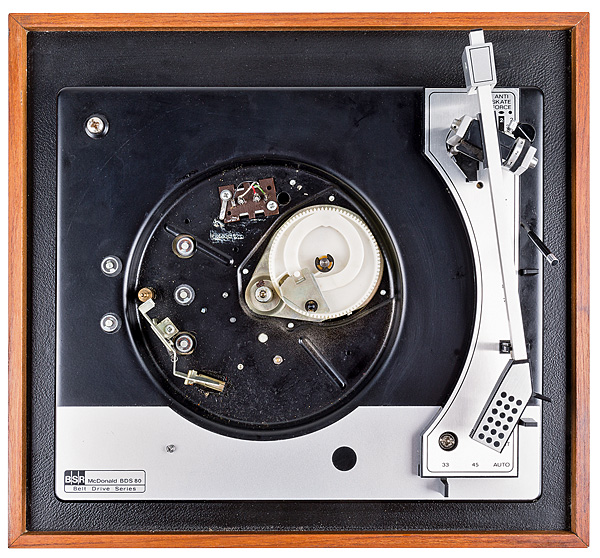
Years of listening to horrible Dansettes and tired old radiograms gives one a low expectation of what a BSR deck will sound like. A muddled, squawky presentation with smeared detail and obvious mistracking was what I had braced myself for, so the discovery that the BDS 80 is a pretty good turntable came as a pleasant surprise.
Like the Philips AH877 [HFN Jun '19], the BDS 80 is characterised by a lively and brisk sound allied to limited bass extension when used with the Shure M75ED. This makes perfect sense in the context of the type of system with which the deck would have originally been used but it can sound a bit stark with modern equipment.
Something else which becomes apparent after a short while is that the speed is a little fast – not enough to noticeably raise the music's pitch but sufficient to give the impression that the members of the orchestra want to finish on time to avoid missing the last bus home. Since the motor's speed is solidly locked to the mains frequency there is nothing that can be done about this, short of some creative lathework on the pulleys. Again, this would not have been obvious when the BDS 80 originally hit the market, but with the absolute speed accuracy of CD available to almost every listener, it is now very easy to make one's own comparisons.
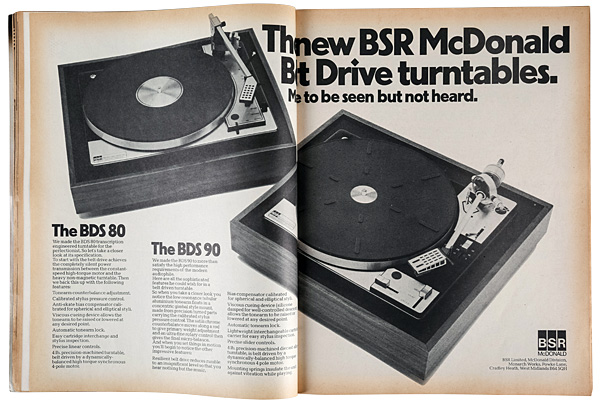
Sparkling Percussion
Still, this combination of turntable and cartridge excels at highlighting detailed information that hides in every recording. Despite sounding a bit 'busy', the title track from Shakatak's album Night Birds [Polydor POLS1059] was crystal clear when it came to the sparkling percussion and tinkling piano that characterises the band's signature sound. True, the piano revealed a little belt-drive wobble by its slightly watery texture, but you really need a direct-drive deck of some quality to avoid this completely. Meanwhile, the bass lines that drove tracks such as 'Streetwalkin'', sounded tubby without being especially deep – a good balance especially for a smaller system.
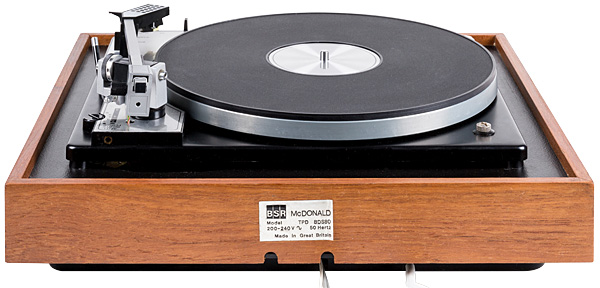
Keen to try the BDS 80 with more natural-sounding material, I played a range of LPs having less processed production work. One of these was Kate Bush's album Lionheart [EMI EMA 787] from 1978. This recording coaxed a little more warmth from the BDS 80, with a pleasing tonal balance present throughout. My only real criticism would be that the soundstage sounded a tad closed-in and two-dimensional compared with what I know can be achieved. This is possibly a result of the non-optimal VTA alignment of the cartridge which the high position of the arm and its pivot demands.
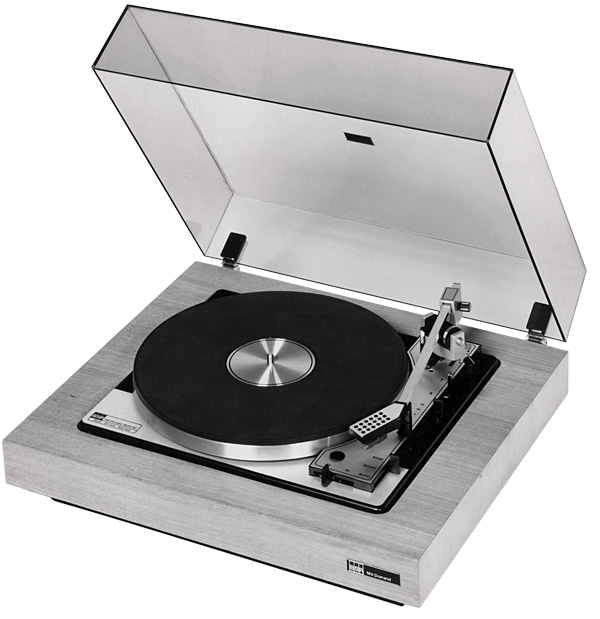
Nevertheless, noise from the motor and drive system were well suppressed, being inaudible from my listening position, both directly and through the loudspeakers.
Buying Secondhand
Today, BDS 80s are inexpensive – in 'as found' condition at least. Electrically they are no more complex than a table lamp, although it pays to check the condition of the wiring as temporary and potentially unsafe hook-ups are not uncommon in turntables such as this. The signal cables plug into two RCA sockets underneath so are easy to replace if damaged, but note that a separate grounding cable to the amplifier is usually necessary. Problems with one or both channels being absent, weak or noisy is normally a result of poor connections across the contacts of the cartridge slide. Cleaning and re-tensioning the various parts normally resolves this.
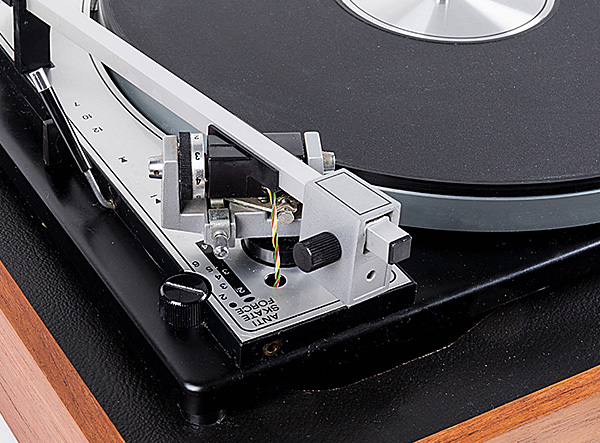
Mechanically, the main issue is hardening of the old lubricant, which stops the complex automatic mechanism from functioning correctly. The record size selector is the most troublesome but the complete process can be observed by rotating the platter by hand; a little patience will then reveal where the problem lies. A pivot stiff on its pin is usually at the root of any issue, disassembly followed by cleaning and re-lubrication being the cure.
The heavy mechanism puts an additional strain on the belt, which needs to be in good condition for the whole thing to work properly. As a guide, the belt should fit snugly around the pulley under the platter. If it is a loose fit and falls off when positioned like this, it is worn and should be replaced.
Hi-Fi News Verdict
BSR turntables are not currently that fashionable, being seen as second best to those of close rival Garrard. The BDS 80 suggests this view isn't always justified, with good audio performance confidently demonstrated by a design over which a lot of care has clearly been taken. An important model from what was the world's largest turntable manufacturer, it deserves a place in any serious hi-fi collection.


















































